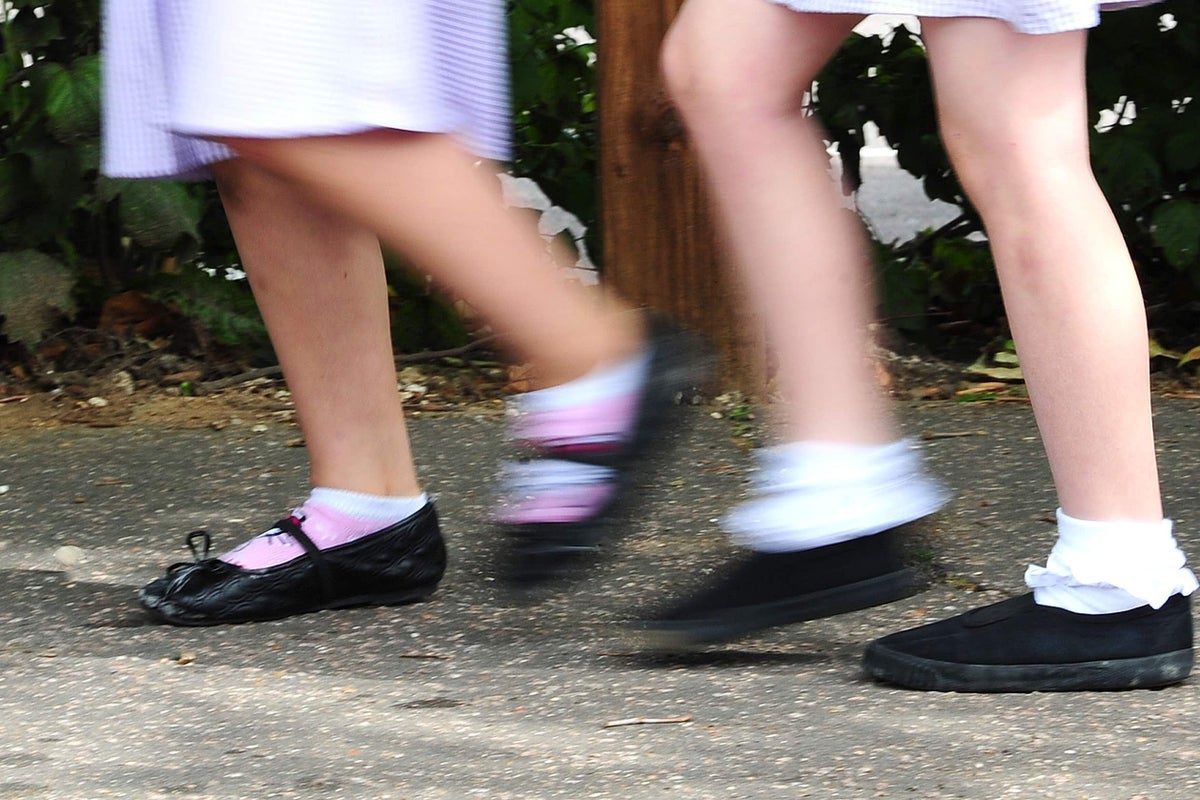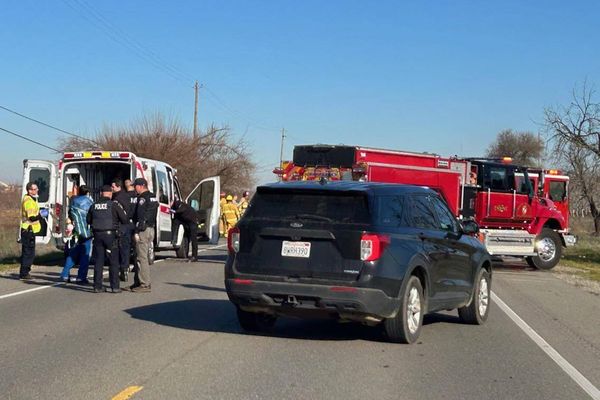
A higher proportion of children are gaining places at their preferred primary school in many areas of England, a survey suggests.
Hundreds of thousands of families across England are finding out which primary school they will be joining this September, on what is commonly known as National Offer Day.
Early figures indicate that in some parts of the country, more than one in 10families have missed out on their first choice – rising to more than a quarter in one London borough.
Findings from a PA news agency survey of local authorities shows a youngster’s chance of winning a place at their preferred school varies significantly depending on where they live in the country.
As of Monday afternoon, 36 of 60 councils in England, which provided comparable data, saw a rise in the proportion of children securing their preferred school compared with 2022.
New schools and new school places are not always being commissioned where they are most needed. This leaves families at the mercy of a postcode lottery when it comes to getting their first choice of school place— Paul Whiteman, NAHT
Meanwhile, 24 councils have seen a decline in the proportion of families securing their top choice.
In addition, of 52 councils in England that gave information on application numbers, 36 have seen a fall in applications this year, while 16 have seen a rise.
More children in London have secured a place at their top choice of primary school this year amid a fall in demand for places across the capital, according to figures from the Pan London Admissions Board.
Across the capital’s 33 boroughs, 88.57% of pupils were given their first preference of primary school this year, compared with 87.93% last year.
Kensington and Chelsea had the lowest proportion of children getting their top choice at 70.53%.
The number of applications for primary school places in the capital fell this year, and the falling birth rate – and families leaving London due to different working patterns – is said to have played a part.
The reduction in demand for primary school places has the potential to affect funding of individual schools, councils have warned.
A report, by London Councils in January, warned school leaders and local authorities could be forced to merge or close schools amid funding pressures.
Today thousands of families across England will find out which school their child will join in September, and the majority will have received their first choice of primary school— Department for Education spokeswoman
Meanwhile, outside London in Windsor and Maidenhead in Berkshire, 85.33% of children got their first preference, while in Sefton on Merseyside 89% got their top choice.
Among the areas where high proportions of pupils have obtained their first preference are Hartlepool in County Durham where 99.3% got their top choice, and north-east Lincolnshire where 98.12% were offered their first pick.
England’s school system has been put under pressure in recent years as a population bulge has been moving from primary schools into secondary schools.
Geoff Barton, general secretary of the Association of School and College Leaders (ASCL), said: “Overall, the number of children of primary school age is in decline, so the big challenge for many schools is how to adjust to lower numbers.
“However, some schools will continue to be oversubscribed and families will miss out on places.
“This generally happens because schools are in relatively affluent areas and have Ofsted ratings of ‘good’ or ‘outstanding’, while other schools in other areas may be stigmatised by negative ratings.”
Paul Whiteman, general secretary of school leaders’ union NAHT, said: “This can be an anxious time for families. Choosing the right school and securing a place there is a huge moment in a child’s life.
“Yet it can be an uphill struggle for parents, and not all will get the place they wanted for their child.
“Local authorities are responsible for ensuring there are sufficient school places, but they no longer have the powers and resources necessary to do so.
“The result is a messy, fragmented system, in which new schools and new school places are not always being commissioned where they are most needed. This leaves families at the mercy of a postcode lottery when it comes to getting their first choice of school place.
“We urge the government to fix this broken system and create a national strategy to guarantee there are enough school places for every child in England and take away the worry and stress for parents.”
Official data shows that last year 92.2% of pupils were offered their first choice of primary school – which was up on 91.8 % in 2021.
A Department for Education (DfE) spokeswoman said: “Today thousands of families across England will find out which school their child will join in September, and the majority will have received their first choice of primary school.”
She added: “We have created almost 1.2 million places since 2010, the largest increase in school capacity in at least two generations, and work closely with local authorities to make sure they offer a school place to every child in the country and support the long-term viability of their schools.”







